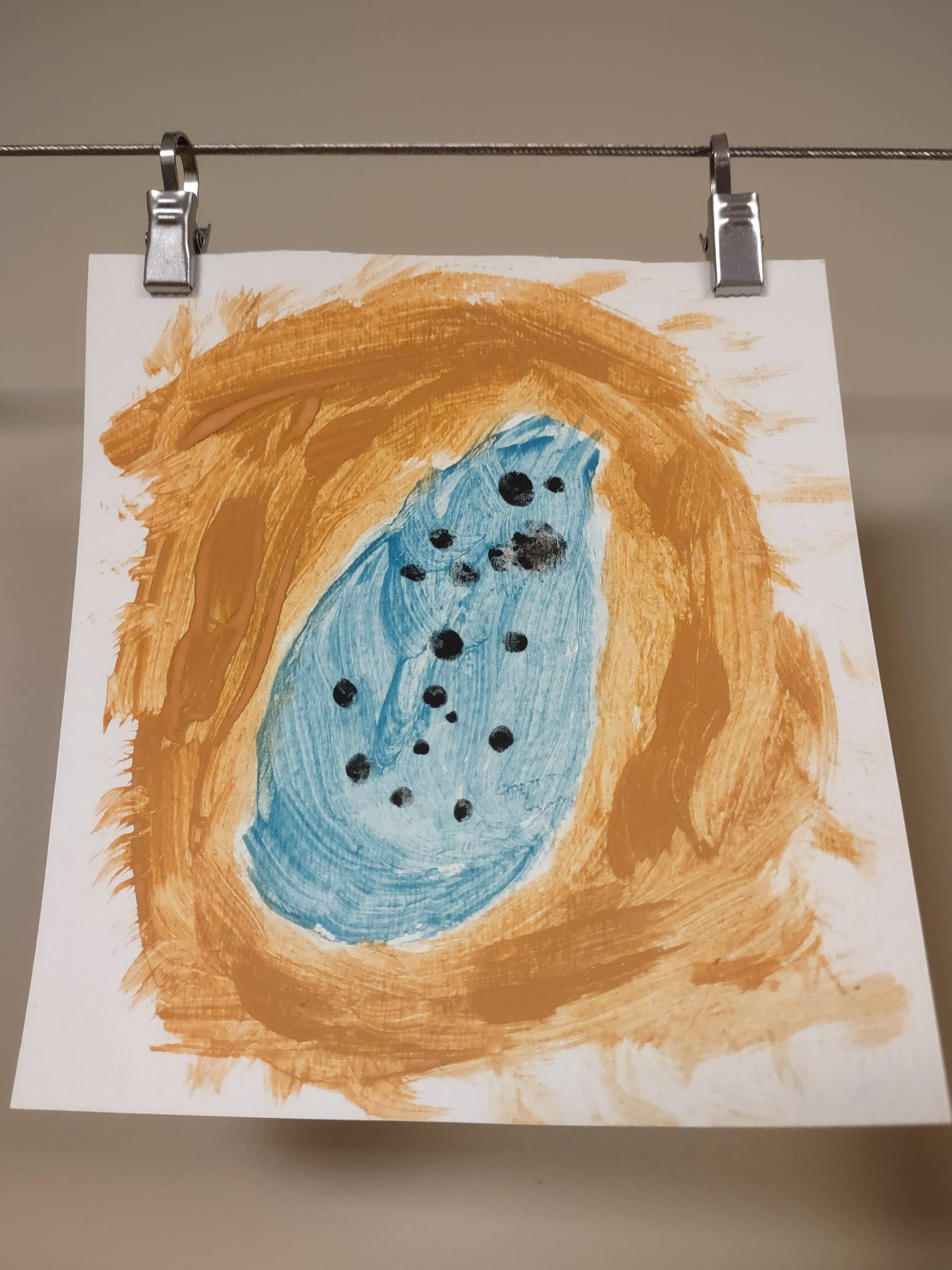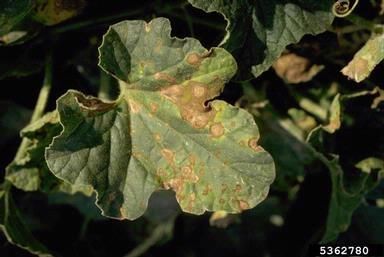Alternaria Leaf Blight
(Alternaria spp. (Alternaria solani on Tomato))
Alternaria is a fungus which causes leaf spotting. Leaf spots progress from older leaves to newer. Spots are circular with concentric rings, and often surrounded by a slight yellow area. Entire leaves may die and drop from the plant. Spots and cankers may also be found around stem ends on fruits and on stem.
Hosts
-
Cucurbits (cucumber, squash), Solanaceous crops (eggplant, pepper, potato, tomato) and other vegetables such as peas, onion and cabbage.
-
Squash
Lifecycle
Alternaria survives in plant debris and may be spread by insects or wind, and by rain/irrigation. Spores germinate in several hours during high humidity conditions. Infection occurs through natural plant openings if water remains on plant tissue for more than a couple of hours. After 2-3 days, first symptoms appear. Optimum temperatures for infection are 75-85° F, high humidity, and low fertility.
Controls
-
Cultural
This disease is spread by splashing water and by walking through plants when wet. Keep water off leaves. Water with soaker hoses or drip irrigation. Use 3 - 4 year rotations between susceptible crops. Maintain adequate nitrogen levels. Remove and destroy infected leaves.
-
Chemical
Sulfur and copper can be sprayed when temperatures are between 55 and 85 F and weather is wet, to protect leaves from infection. These "least toxic" options are less effective when overhead irrigation is applied.
-
Biological
Serenade WP sprayed at 5 to 7 day intervals.






